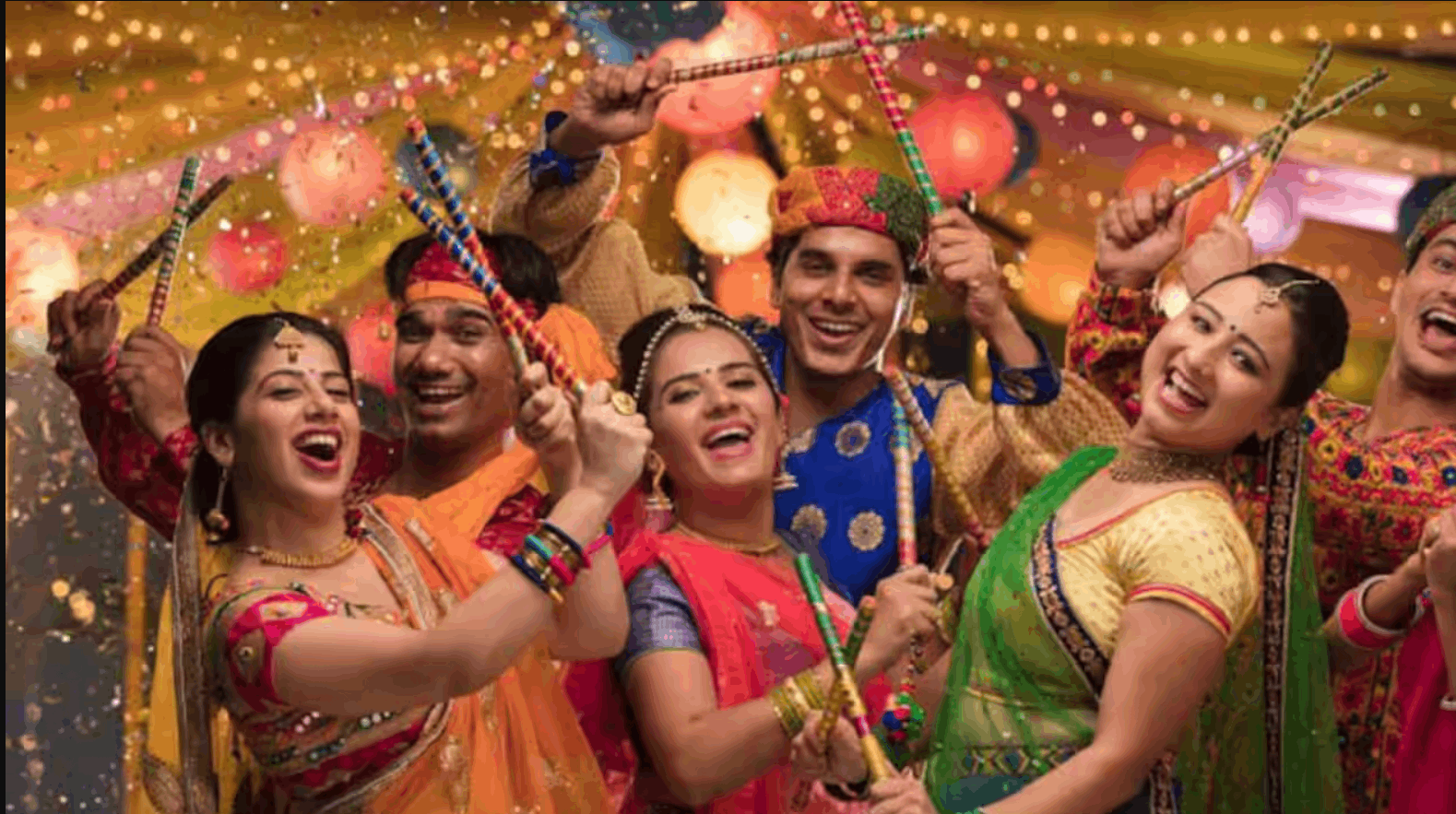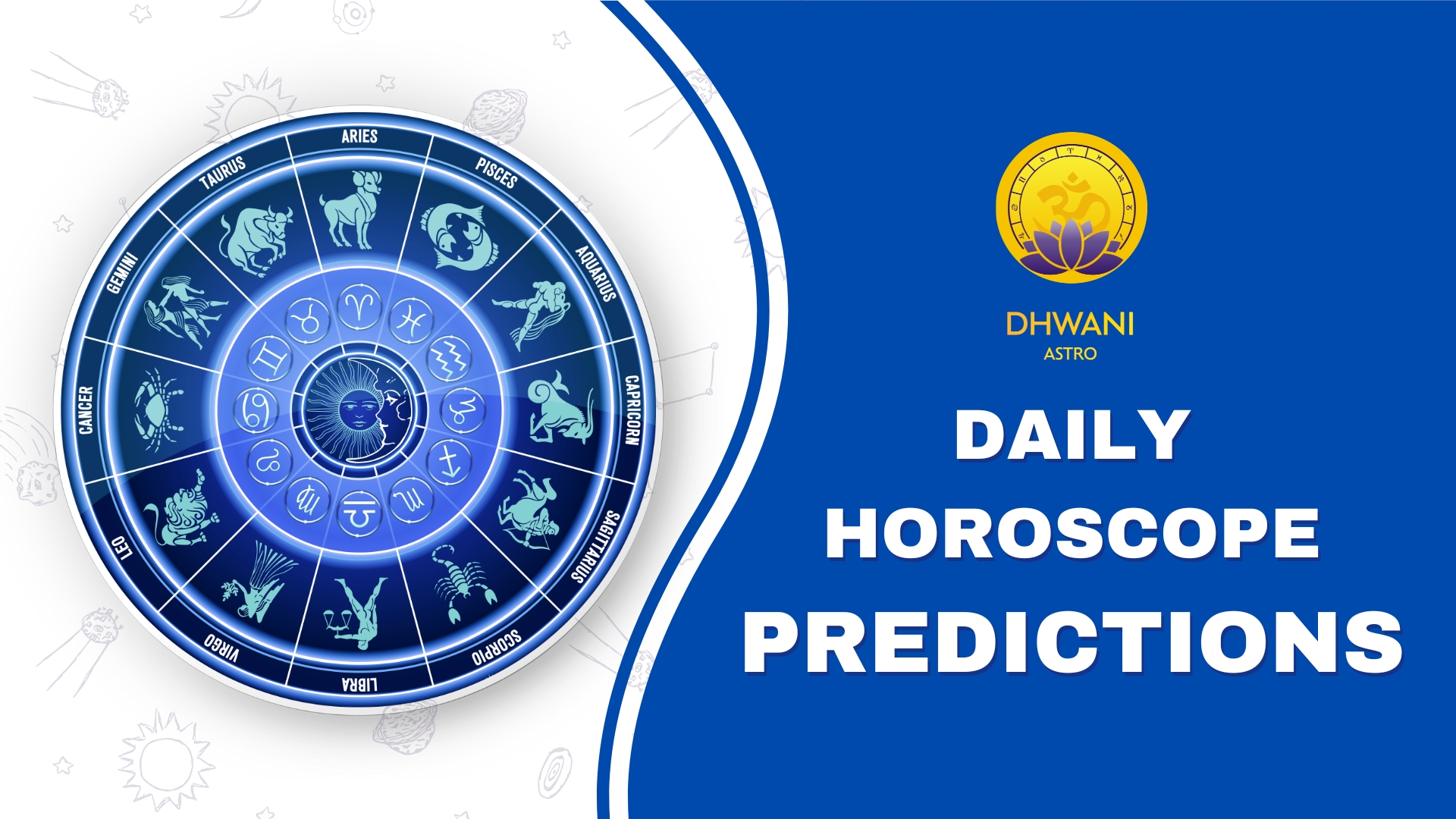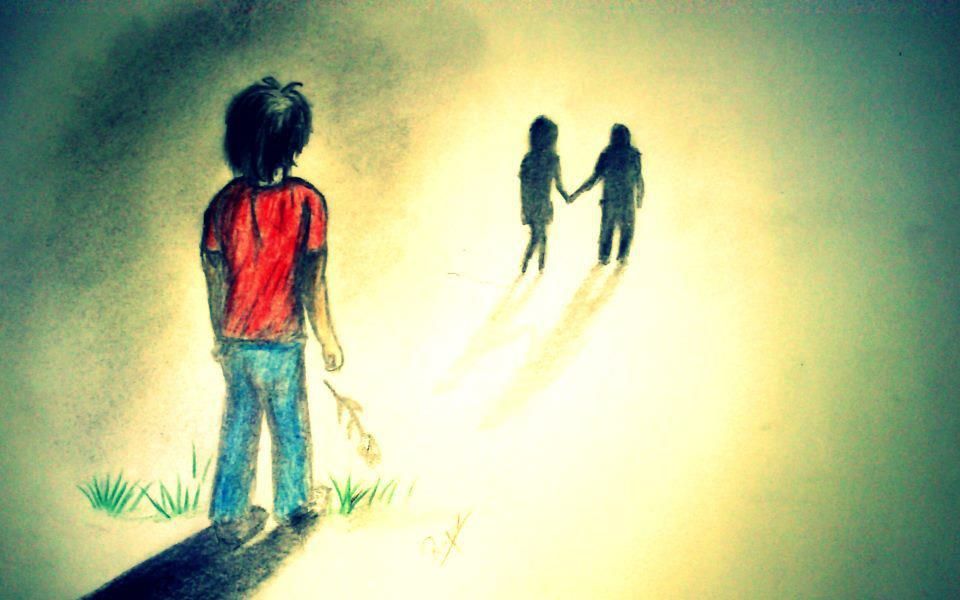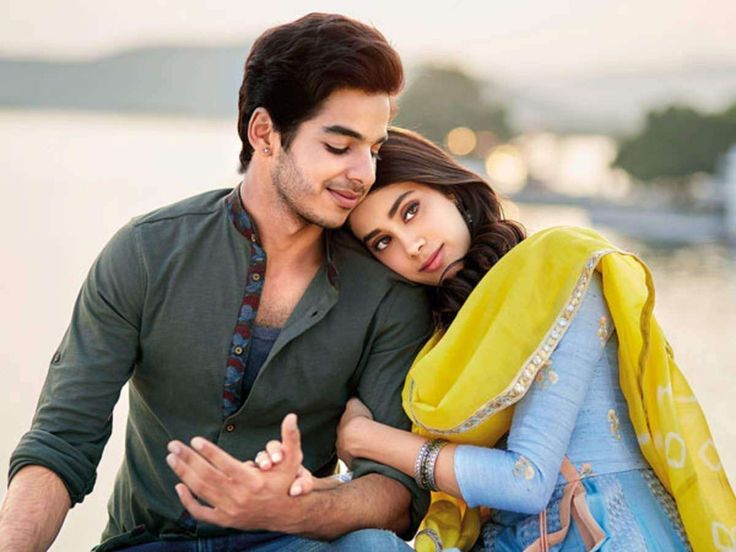The name Navratri conjures up vivid images of dancing skirts, clapping in time, and exuberant festivities. People are brought together by dance, music, and dedication at this festival. This piece delves far into the realm of Navratri Garba, examining the dancing form, its cultural significance, and the simple delight it offers to people.
So grab your dancing shoes and let's go on this adventure.
1. What is Navratri?
Drawing its name from two Sanskrit words, "Nav" (meaning nine) and "Ratri" (meaning nights), Navratri is a Hindu holiday observed over ten days and nine nights. In honoring the goddess Durga in all her guises, it highlights the victory of good over evil.
2. The Origins of Navratri
The origins of Navratri date back to ancient times. It is rooted in Hindu mythology and marks the battle between Goddess Durga and the buffalo demon, Mahishasura. Each night represents a different manifestation of the Goddess, each with its unique story and symbolism.
3. Why Navratri Garba Is Important
During the celebration, a traditional dance called Navratri Garba is performed. It represents the joy of the worshippers and the rhythmic gestures used to adore the goddess. People of all ages and genders come together in this joyful celebration of life through dancing.
4. Navratri preparations
Communities join together in the weeks before Navratri to make ready for the celebrations. It entails fasting, house cleaning and decoration, and requesting divine graces.
5. Conventional Clothes
An essential aspect of Navratri celebrations is dressing up. The festive mood is enhanced by men and women dressing in traditional kurtas and turbans and vibrant chaniya cholis.
6. Nine Nights' Dancing
Garba is the focal point of Navratri's dance celebrations. The dance features complex footwork that represents the cycle of life, along with circular motions and clapping. It's hard not to be caught up in the contagious excitement.
7.Instruments and Music
Importantly, Garba is accompanied by music. Dhol, dholak, and shehnai are examples of traditional folk instruments that boost the spirits of the dancers by creating a lively atmosphere.
8.The Raas Dandiyas
Another well-liked dance during Navratri is called Dandiya Raas, in which dancers use sticks. It calls for coordination and accuracy and adds another level of excitement.
9. Modern-Day Navratri: A Blend of Customs
Navratri is no longer limited to one's locality in the modern, globalized world. It's become a celebration of unity and diversity as people from various cultures have embraced it.
10. Navratri's Global Impact
Not only has Navratri grown in popularity in India, but it has also expanded to other nations. This demonstrates the influence of culture and the enduring popularity of dance and music for all people.
11. El Nino and Bollywood
With its films, Bollywood has contributed significantly to the popularization of Navratri. This event has become ingrained in Indian cinema history thanks to iconic dance sequences that feature Garba and Dandiya.
12. Unity in Spirit
Navratri promotes harmony amongst people. It bridges linguistic, religious, and caste divides to unite communities. Everyone is invited to this party.
13. The Delectable Food of Navratri
Delicious cuisine is essential to any festival. Sabudana khichdi, kuttu puri, and sweets like malpua are just a few of the foods that make up the diverse and delicious Navratri cuisine.
Safety as well as manners Between Navratri and
As joyous as Navratri is, it is important to keep order and make sure everyone is safe. A significant and secure celebration depends on your ability to follow the festival's dos and don'ts.
The Ethereal Essence of Navratri
Navratri is very spiritual even beyond the music and dance. It's an occasion to reflect, be devoted, and look within for the divine.
Now, let's address some commonly asked questions about Navratri:
Q&As
Why are the nine nights of Navratri significant?
With each night honoring a distinct manifestation of Goddess Durga, the nine nights represent the conflict between good and evil. It's a season of introspection and adoration.
What is the celebration of Navratri outside of India?
In many nations, especially those with a large Indian diaspora, Navratri is observed with comparable fervor. It is evidence of the festival's universality.
Can anyone take part in Navratri Garba at any age?
Of course! All ages are welcome at Navratri Garba, from small toddlers to the elderly. It is an inclusive community. Everyone can join in the celebration.
Which foods are a must-try during Navratri?
During Navratri, sabudana khichdi, kuttu puri, and malpua are a few popular foods. Not only are these foods tasty, but they also adhere to the festival's dietary requirements.
In what way may someone who is not of Indian heritage take part in Navratri?
Being an all-inclusive event, Navratri is celebrated by a lot of communities worldwide. You can take part in the celebrations, pick up some dance moves, and take in the lively ambiance.
To sum up, Navratri Garba is a celebration of culture, unity, and devotion rather than merely a dance. It crosses boundaries and unites people from all walks of life in an atmosphere of harmony and joy. Whether you are a novice or an experienced Garba fan.


 Comments
Comments











